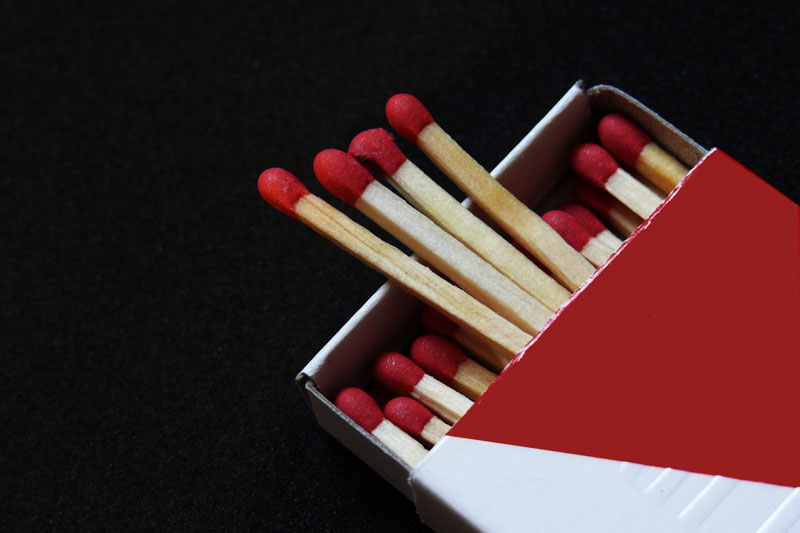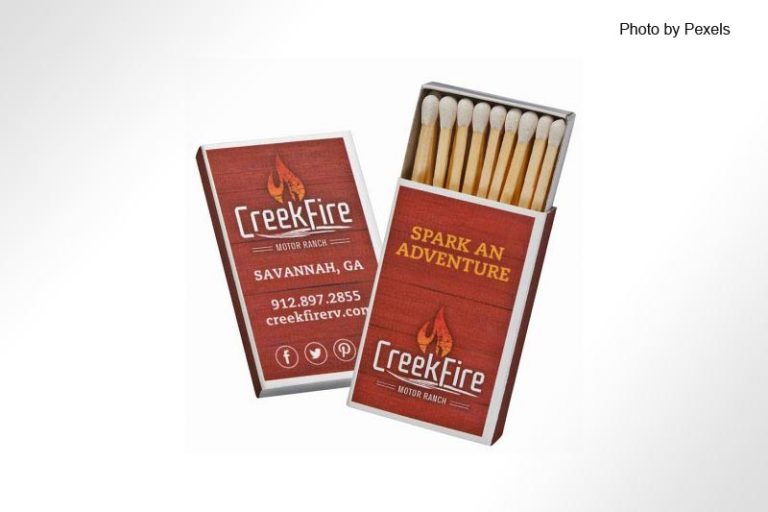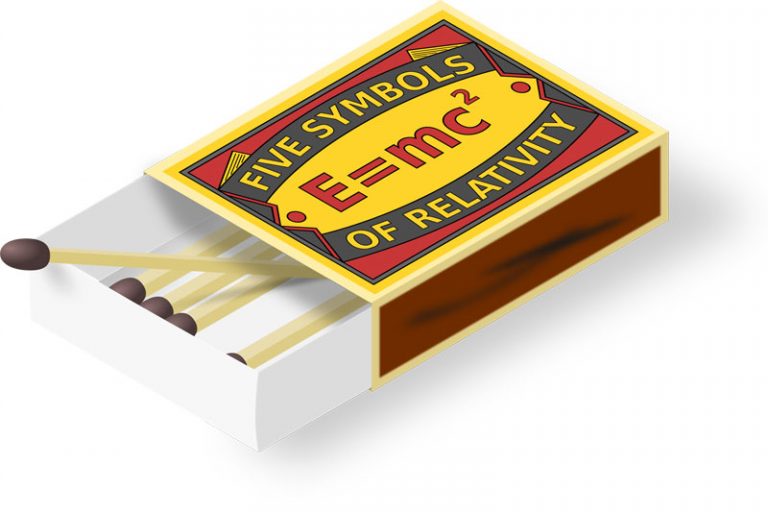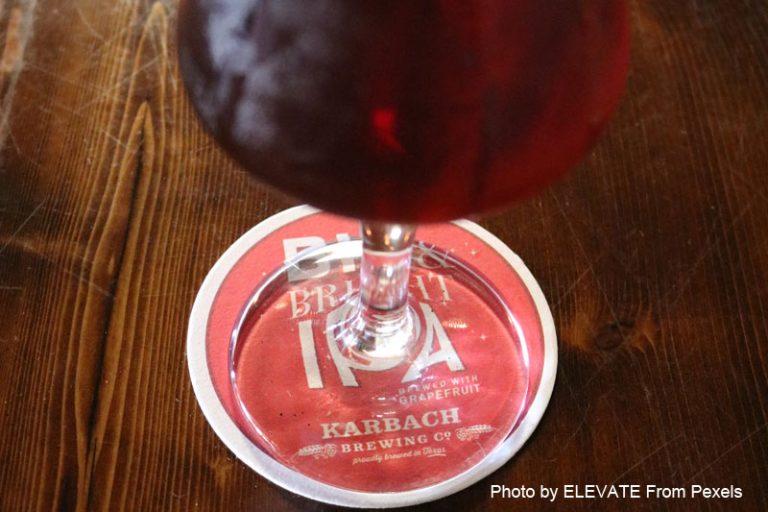How Do Matches Work? A Complete Guide
Matchbooks were so popular in the 1940s and 50s that hospitals gave them out to expectant fathers so they could light their celebratory cigars.
Companies decorate their paper covers with everything from ads for restaurants to commemorative photos of the British royal family.
Today, branded box matches may be a little less visible than years past, but they nonetheless remain popular. Just ask any adventurist, cigar aficionado, or nostalgia-obsessed matchbook collector.
Read on to learn more about the fascinating history of matches, how they work, and why they’re still relevant today.
A Brief History of Matches
You could say that the earliest match dates back to prehistoric times when early humans discovered that striking flint on a rock produced a spark. They used that tiny spark to create a roaring fire.
Who knew we’d have to wait for millennia to see a match like what we know and use today?
A Stick to Strike
China was the birthplace of some of humanity’s most essential tools. Paper, umbrellas, gunpowder, and an early match prototype of the match came out of this inventive nation.
Ancient documents tell a tale of ingenuity set during the 6th-century conquest of the Northern Qi. Trapped inside the palace during a siege, a group of Chinese court women ran out of tinder. They turned to a stockpile of pine twigs soaked in sulfur to keep their cooking fires burning.
The general population wouldn’t be using a convenient fire-starting product until close to the turn of the 20th century.
Self-Igniting Matches Are Born
The year was 1826. English inventor John Walker struck a piece of wood coated with a heady concoction of chemicals against his hearth at his Stockton-on-Tees home. The stick ignited, and Walker became the accidental inventor of the world’s first matchstick.
Made out of cardboard and later wood, he sold his matches under the name Friction Lights. The match boxes had a piece of sandpaper for striking the match on. Walker never patented his invention so other entrepreneurs jumped on the idea.
The most popular match brands made their way into English cigar parlors, where they were used by patrons to light their cigars and pipes.
Swedish Design Triumphs
Swedish industrialist Johan Edvard Lundström is the pioneer of commercial match manufacturing. He founded a factory on the shores of Lake Vättern with his younger brother and together they were able to produce 12 million boxes a year.
Lundström’s matches rose to fame after his safety match won a silver medal at the 1855 World Exhibition in Paris. The distinctive designs of Swedish match boxes went on to set the standard for match box graphics around the world.
Matchbooks as Portable Advertisements
The first company to put its product on a matchbook was a brewery. That was in 1896. It wasn’t until almost fifty years later, in the Swinging 40s that advertising on matchbooks would take off.
Right up until the 1990s, restaurants, movie makers, beer companies, even politicians plied their wares on the pliable packets of paper matches. With people seeing their brand every time they reached for a match, it made the investment well worth it.
How Do Box Matches Work?
While matches couldn’t be safer today, they were once viewed as dangerous inventions capable of causing all manner of mysterious reactions. What alchemy lies behind the fire-starting power of a match?
Clever Chemical Reactions
Manufacturers make modern matches with two flammable chemicals: sulfur and red phosphorus. In safety matches, which are the kind of matches most available today, the match head contains sulfur.
Also in the match head is glass powder for friction and an oxidizing agent. These extra chemicals help to turn the red phosphorus into the more active white phosphorus needed for the match to ignite.
Manufacturers put the phosphorus into the black strip, or striker, on the outside of the match pack. This stops the matches from catching fire accidentally.
Matchstick Manufacturing
Matchsticks were once made of poplar, pine, or aspen because they are lighter in color. Today, manufacturers use any wood that is cheap and easy to cut into slivers. They soak the wood in a flame retardant material.
Matches are available in a variety of containers.
The quintessential flip-top matchbook contains about 24 matches and is the type most often used for advertising. Match boxes have a sliding drawer that keeps the matches dry. Manufacturers paste the strike onto the outside of the box.
You can also purchase loose matches.
Match Box Uses in the 21st Century
While rising business costs and a lack of cigarette smokers have caused a decline in branded matchbook sales in the USA, a nostalgia-driven revival may well be in the making. Restaurateurs, hoteliers, and publicans, and other small business owners are seeing the value in putting their brand onto a pocketable, eco-friendly product that people still find so useful.
Hikers and campers prefer to use matches over lighters when out on the trail. Especially if they’re a storm proof variety. Much to the dismay of outdoor enthusiasts, the once-standard strike anywhere matches are now hard-to-find.
Old matchbooks and match boxes are fast becoming covetable and trade is booming among collectors. Vintage matchboxes with hard-to-find designs can sell for hundreds of dollars on eBay, and matchbook collections that contain rare stock can sell for thousands. Usually, though, sellers earn far less for their hoard.
People even use matchsticks and match boxes to make all kinds of crafts, from advent calendars to doll’s beds. Chicago-based artist Pei-San Ng turns antique matches into wall-hung artworks based on American typography and icons.
Match Boxes Still a Top Choice for Advertisers
Even in the internet-obsessed 21st century, branded matchbooks remain a stalwart of advertising. The printable surface of a matchbook offers up a blank canvas for brands to release their creativity on to. And consumers are keen to ditch their screens for a more tactile medium.
Do you want to promote your business with box matches? Get in touch with Wagner Match for a quote today.
Wagner Match has specialized in providing impeccable service to the hospitality, entertainment and service industries since 1981.







